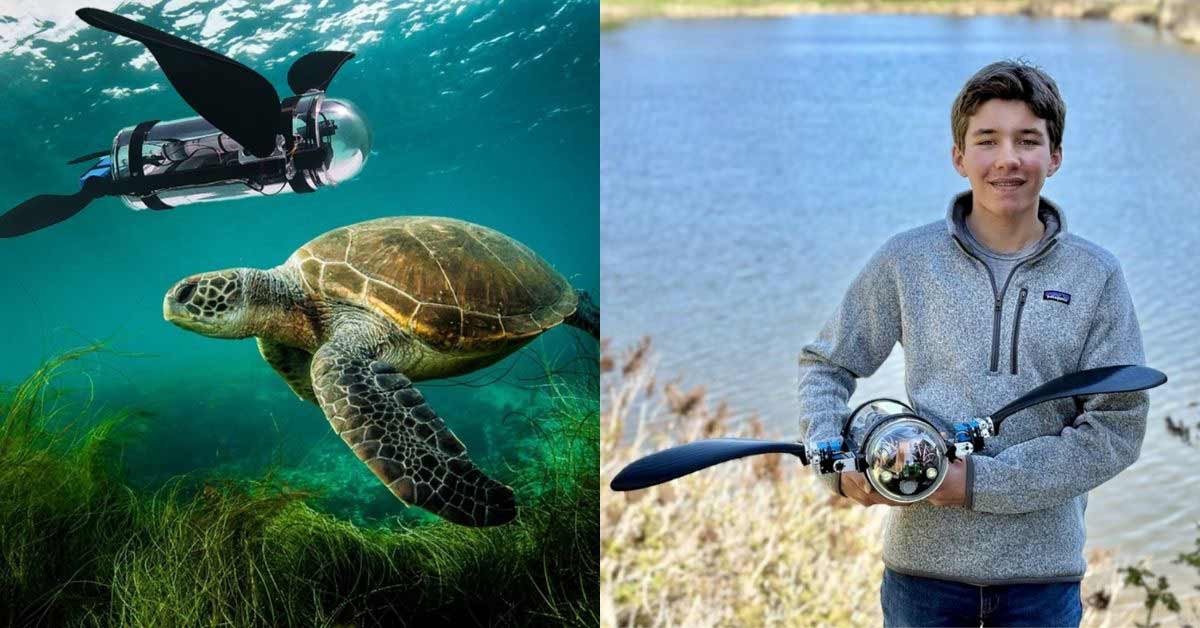Evan Budz, a 15-year-old from Ontario, Canada, is receiving global recognition for his invention: An autonomous bionic sea turtle robot.
The robot, which uses artificial intelligence to monitor ecological systems underwater, won Budz a first-place prize in the European Union Contest for Young Scientists.
“I became inspired for this project after I observed the fluent motion of a snapping turtle while camping,” Budz said in a video for his invention.
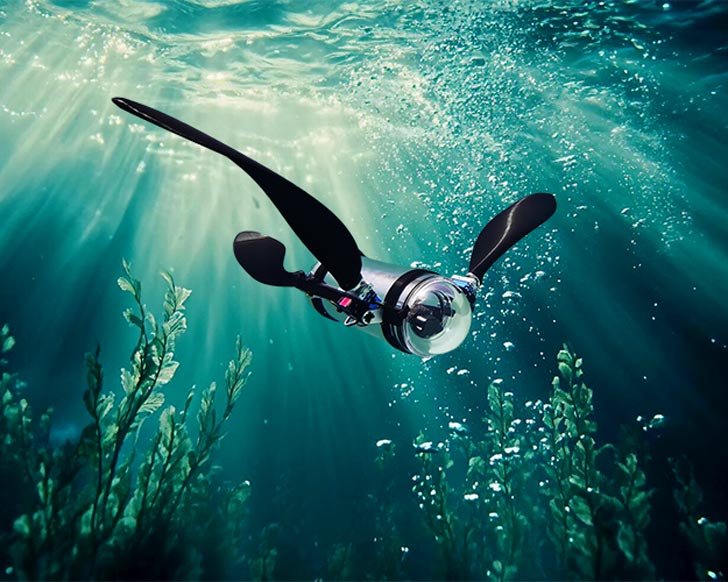
He saw potential in the way the turtle moved, compared to traditional propeller-based systems of other autonomous robots. He created a propulsion approach that imitates the way green sea turtles maneuver underwater by using computational fluid dynamics simulations.
Not only is it a unique and more seamless way to move through the water, but it also has less impact on the very environments scientists are trying to protect.
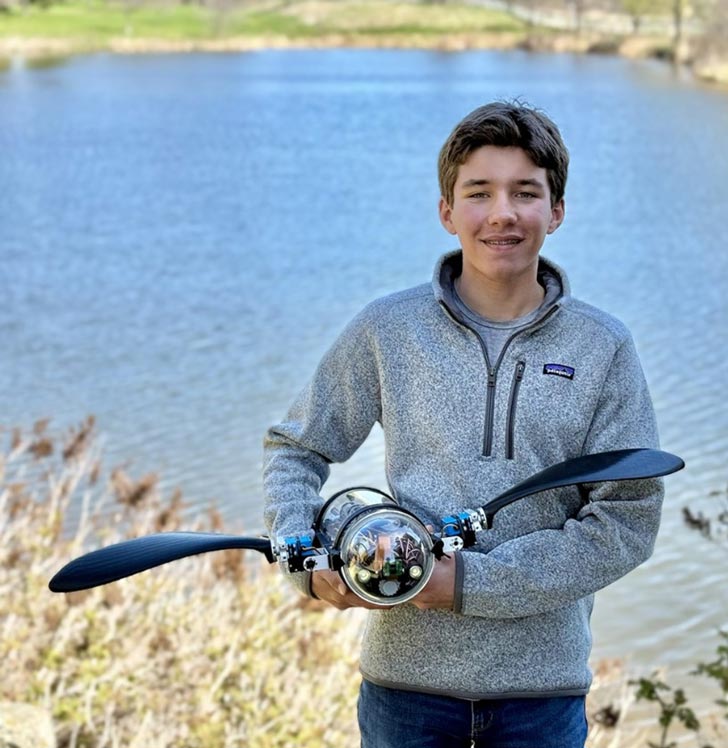
“Aquatic habitats are vital to humanity, and the routine surveying of these environments has become critical,” Budz explained in the video. “Utilizing an innovative biomatic robot for such analysis ensures low ecological disruption.”
Budz said the robot uses a computer vision imaging system powered by AI to quantify coral health, which can detect coral bleaching with 96% accuracy.
The information gathered by the robot will ideally allow the right organizations “to identify where these threats may be occurring, increasing awareness and supporting efforts to increase the overall health of impacted areas,” Budz said.
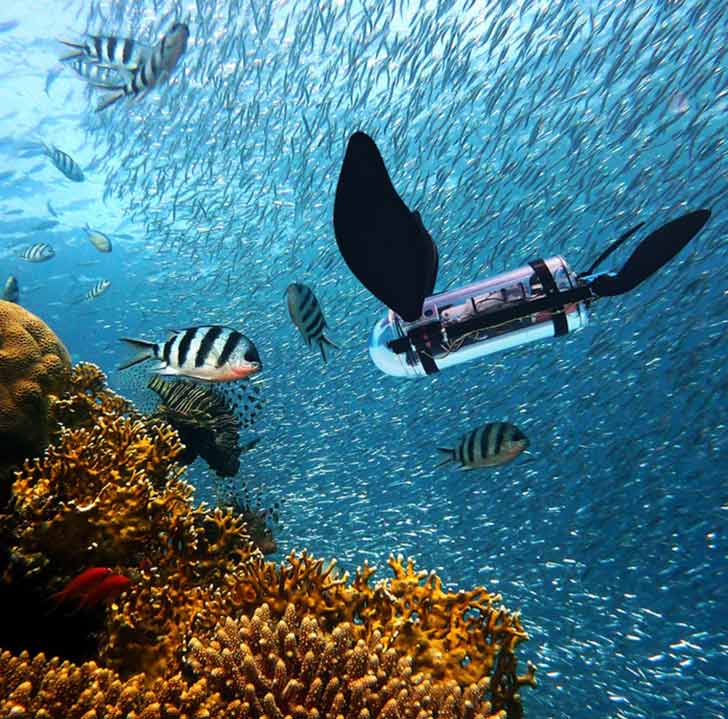
“For ecological monitoring, I want to be as low as possible in terms of disruption to the environment,” he told CBC News. “So, by mimicking the turtle, I can ensure that I don’t disrupt or distract any other organisms while I'm conducting the monitor.”
He tested the device in his grandparents’ backyard pool and determined that the robot showed “accuracy and reliability.”
After winning the EUCYS, the 36th competition hosted by the E.U., Budz took home a prize of €7,000 (or a little over $8,000 USD).
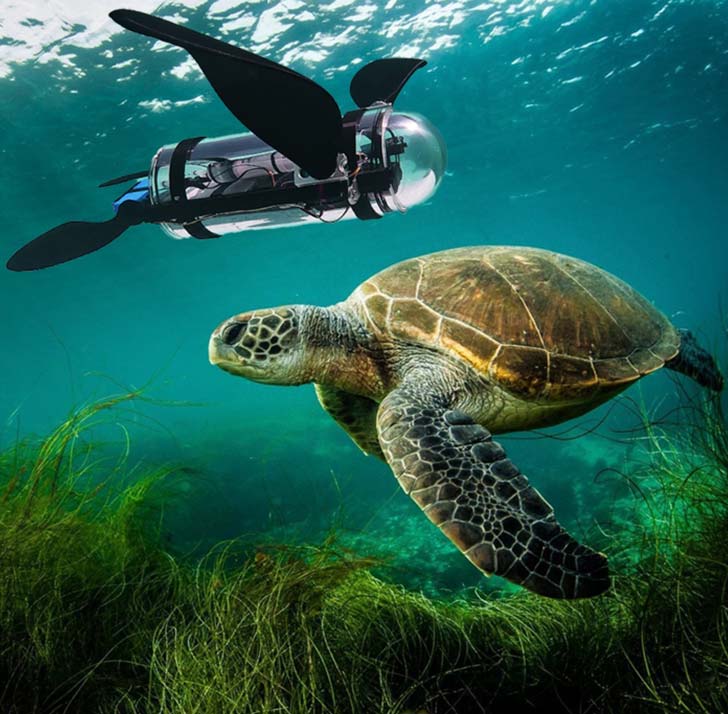
“Evan’s success at EUCYS 2025 shows that his project is truly world-class,” Reni Barlow, the executive director at Youth Science Canada, told CBC. “A remarkable innovation that showcases the ability of Canadian youth to tackle complex technical and environmental challenges.”
For Budz, it’s just another step in protecting the planet, a cause he has cared about for much of his adolescence.
“I’ve been really interested in the environment for a while,” Budz told Burlington Today.
“I’ve been conducting a lot of different research, literature, and articles and find that the environment is becoming increasingly more impacted by global warming and other human-caused impacts.”
You may also like: Groundbreaking AI tech aims to reduce wildlife collisions — and it was invented by teen girls
Header images courtesy of Youth Science Canada and Dalia Esposito
